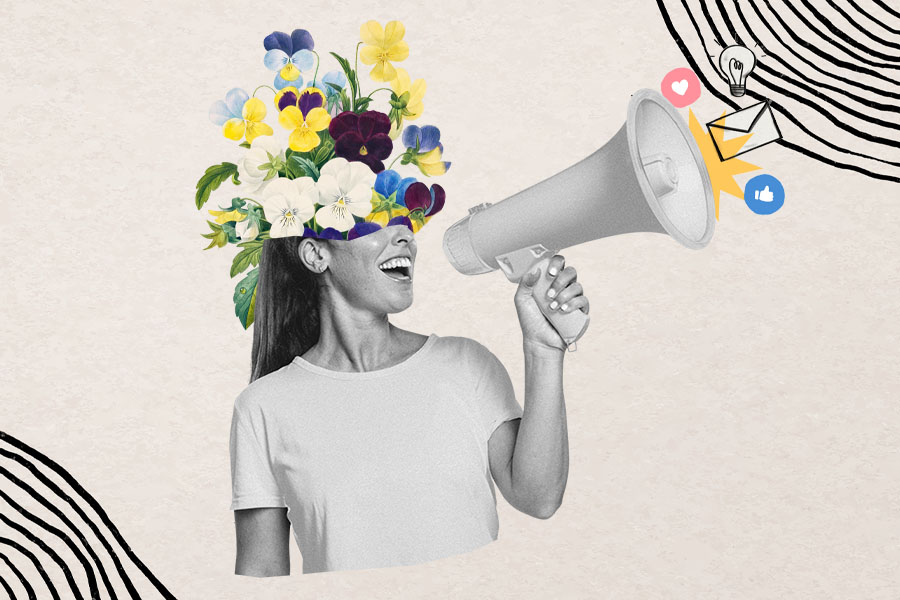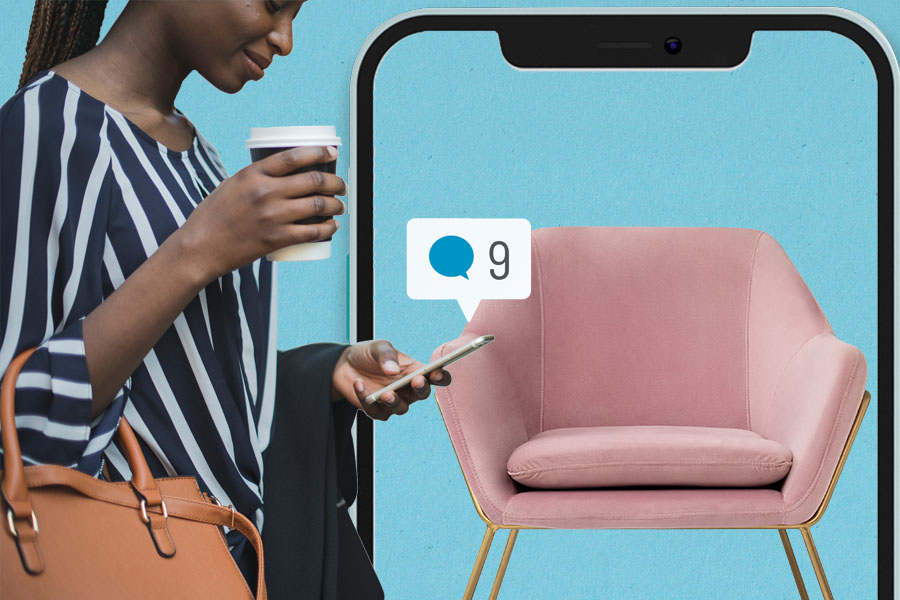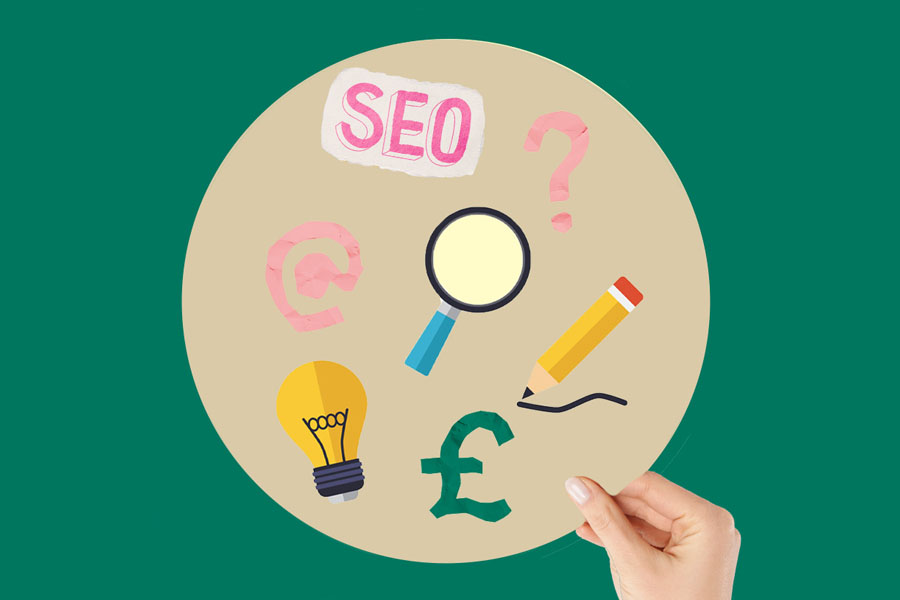Whether you have a shop on the high street or not one thing is for sure – we, as customers, have more options than ever. And in today’s economic climate, the idea of freedom of choice presents certain challenges, but also opportunities for your creative business. Many shoppers are well aware of what’s out there, making decisions on many factors including price, stock availability, trust and brand reputation.
These drivers also make customers shift where and how they shop. Understanding how customers want to experience their shopping journey is key. Because the one thing you don’t want to do is to treat all customers the same way.
Here are four customer types every creative business should know about based on how they want to be treated emotionally:
THE DISCOVERY CUSTOMER
Discovery customers are usually open-minded but have a category-specific purchasing purpose. They have vague ideas about what they are looking for and how it should look but can be influenced if the right product presents itself. You can easily lead them to the product they want. Bear in mind though, that discovery customers want to feel empowered by the sense of achievement, so ideas that are based on discovery experiences must be hitting these emotions. Lead but let them discover.
THE COMMUNITY CUSTOMER
Community customers like the idea of being part of something meaningful – a group of people who share similar interests and values and do good things. What makes them tick is the feeling of being valued and involved in events or projects that matter to them. Selling to customers who seek community spirit is therefore based on values they share with your business.
Book shops and coffee shops are such examples of providing the community spirit. Customers don’t just go in and buy books or coffee, they have the opportunity to participate in community events that matter to their area and immerse themselves into a relaxing space they can enjoy, too.
Beauty and wellness stores, fashion and homeware boutiques can get inspired by such case studies and serve community customers.
THE GUIDANCE-SEEKING CUSTOMER
Some customers are quite happy to be left alone, others need guidance. Especially in spaces that overwhelm them. If I am a guidance-seeking customer, I want to feel understood and reassured that I’m making the right choice. It is, therefore, important to train your shop floor staff, so they know how to anticipate what each customer wants and guide them through the journey.
Remember: customers are less forgiving, so you need to make sure that your business delivers a “wow” shopping experience that goes above and beyond their expectations, especially for customers who need that extra help.
THE ENERGY-SEEKING CUSTOMER
Have you ever walked into a shop and suddenly your mood was lifted? Those places where you forget about everything else and get yourself immersed into a new world, their world. The whole atmosphere radiates positivity and subconsciously, it has a similar impact on you. You feel more energised as more of your senses are being stimulated. From sounds and smells to textures and visuals, every little detail creates an emotional connection and reaction. You remember the feeling and the energy for a long time. And that’s what creating energy for energy-seeking customers is about.
CUSTOMER EXPERIENCE IMPLEMENTATION
So now you know the customer types that your business deals with, the next step is to implement some ideas that will satisfy the customer needs and wants. Don’t let limiting thoughts hold you back. Even if you’re a small brand, you can create customer experiences for the above customer types on the smallest budget or even for free.
For example, if you want to improve your in-store performance, get more footfall and free exposure organise a programme of interactive events. From panel discussions to workshops and mini exhibitions, you can turn your store from a shopping destination into an experiential destination with a social spark.
The key to successful and profitable events is storytelling. Think about how you can immerse your customer base into your world by understanding what they like. Explore different topics or themes they would be interested in.
For example, furniture brand Aram created an exhibition called “Let’s play with chaos” during London Design Festival 2022 showcasing a design collection based around the question “is chaos necessarily a bad thing?”
Even without a physical store, if you’re an interior designer or artist, you can partner with collaborators or suppliers, who provide you with a physical platform, to help you deliver unique experiences for all customer types. Ideas can include hosting design talks or quick consultations to creative, hands-on workshops and open days and theme-based events.
So far, we have discussed these four customer types as groups of different people. However, to conclude this article, bear in mind that one customer can be all customer types at different stages of their customer journey and in different purchasing scenarios depending on where they are in their life journey, what and when they need your products or service. One customer can start their journey by being a guidance-seeking customer but as they go through the journey they can turn into a community or an energy-seeking customer. Communicating with them and adapting your messaging and attitude accordingly is crucial.
Inside our KNOWLEDGE SHARE membership we delve into specific ideas covering all customer types in much more detail, giving you the tools, templates and processes which you can apply in your business straightaway. If you want to find out about it more, please click or tap here.










